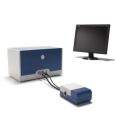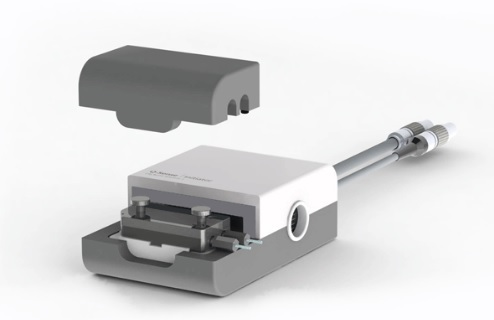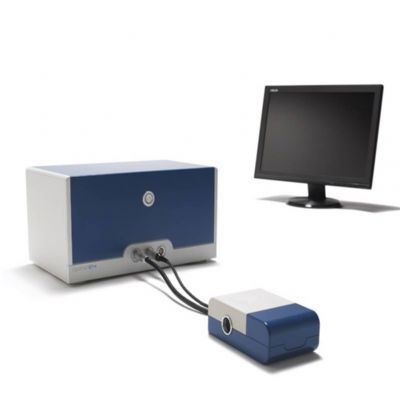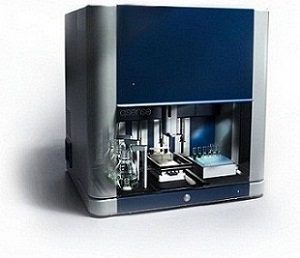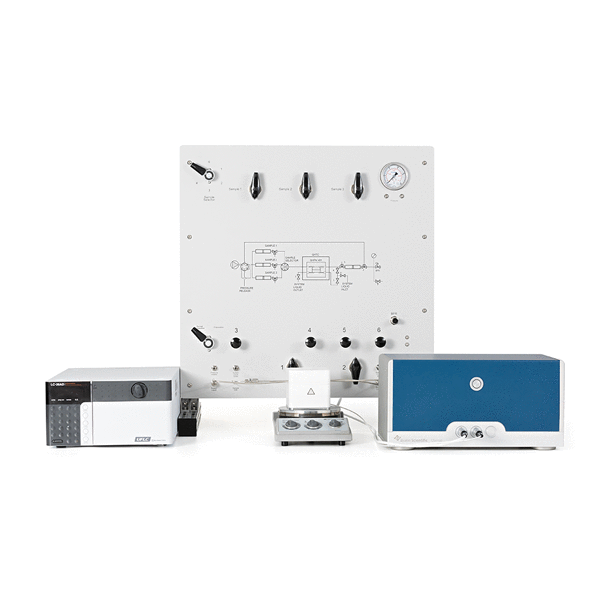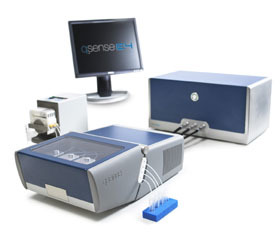
方案详情
文
通过纳米级别的实时检测,石英晶体微天平(Quartz Crystal Microbalance with Dissipation)可以用来检测表面活性剂在表面的吸附与脱附过程。
方案详情

Biolin Scientific[ Progress Together] Triton X-100BOG [Application Note] 9 The QCM-D Technology To Study Surfactant/Surface Interactions This Application Note illustrates how the QCM-D Technology can be used to study surfactant interactions with surfaces in real time with nanoscale sensitivity. Introduction Surfactants are surface active molecules that modulate the surfacetension at air/liquid interfaces as well as phenomena and interac-tions at liquid/solid interfaces. Surfactants are widely used as im-portant components in detergents and other cleaning agents, inoil processing and recovery, pharmaceutical formations as well asin many other products. It is therefore critical to be able to studythe effects of surfactants in real-time and at the nanoscale.TheQuartz Crystal Microbalance with Dissipation Monitoring tech-nology (QCM-D) offers this possibility by enabling the analysis ofsurfactant interactions with surfaces including the kinetics, massand stability of the surfactant/surface interactions Experimental Two different surfactants were analyzed: 1. Triton X-100: non-ionic detergent with a relatively low CriticalMicelle Concentration (CMC) (0.24mM), Mw=645Da. 2. Octyl-B-D-glucoside (BOG): a non-ionic detergent with a rela-tively high CMC (20.25mM), Mw=292Da. The buffer solution was PBS, pH 7.4. QCM-D sensors with a gold surface were treated with UV ozoneprior to the measurement, mounted in the QCM-D flow modulesand the modules were filled with buffer solution. The sensorswere then exposed to a Triton X-100 solution (0.24 mM) anda BOG solution (20 mM), respectively, followed by rinsing withbuffer. Results The adsorption behavior of surfactants on a gold surface wasanalyzed in real time. Fiqure 1 illustrates the areal mass/thicknessas a function of time for the two surfactants. The adsorption ofTriton X occurs faster but results in a thinner film than the sloweradsorption of BOG which yields a thicker film. The effective mass(thickness) of the formed molecular layers are 280 ng/cm²(25 A)for Triton X and 740 ng/cm² (68 A) for BOG. Upon rinsing with Time (m:s) Mass Before Mass After Film Thickness Thickness Surfactant Rinse Rinse Before Rinse After Rinse Triton X-100 280 ng/cm 214 ng/cm 2.5 nm 0.1 nm BOG 740 ng/cm 360 ng/cm 6.8 nm 3.3 nm [Fig. 1]: The blue plot shows the aerial mass density for the adsorption of Tri-ton X-100 and BOG, while the green plot shows the corresponding effectivefilm thickness. It is clear that BOG forms a thicker layer than the Triton X-100.Also the binding rate is different; saturation takes place quicker for the TritonX-100, even if the concentration was much lower. buffer, a fraction of the bound surfactant de-sorbed. Particularly forBOG, considerable amount of surfactant remains on the surface. Final masses of 15 ng/cm² for Triton X and 360 ng/cm2 for BOGwere measured after the rinsing step. This corresponds to averagemolecular layer thicknesses of 1 A for Triton X and 33 A for BOG. Time (m:s) [Fig. 2]: The left panel shows the frequency and dissipation responses for theadsorption of Triton X-100, while the right panel shows the responses for theadsorption of BOG. The frequency and energy dissipation responses indicatethat the BOG forms a somewhat thicker and much softer layer than the TritonX-100.Overtone number 5, 7 and 9 are displayed (dark to light blue/gold). Raw Data In Figure 2 the changes in frequency (Af) and energy dissipation(AD) are plotted as a function of time for Triton X (left) and BOG(right). The total shifts in dissipation and spreading of overtonesduring the adsorption indicates that BOG is resulting in a softerfilm (likely to have a considerable amount of coupled water) thanthat obtained with Triton X. Biolin Scientific [Progress Together] E-mail:info@biolinscientific.combiolinscientific.com []Q-Sense AN
确定
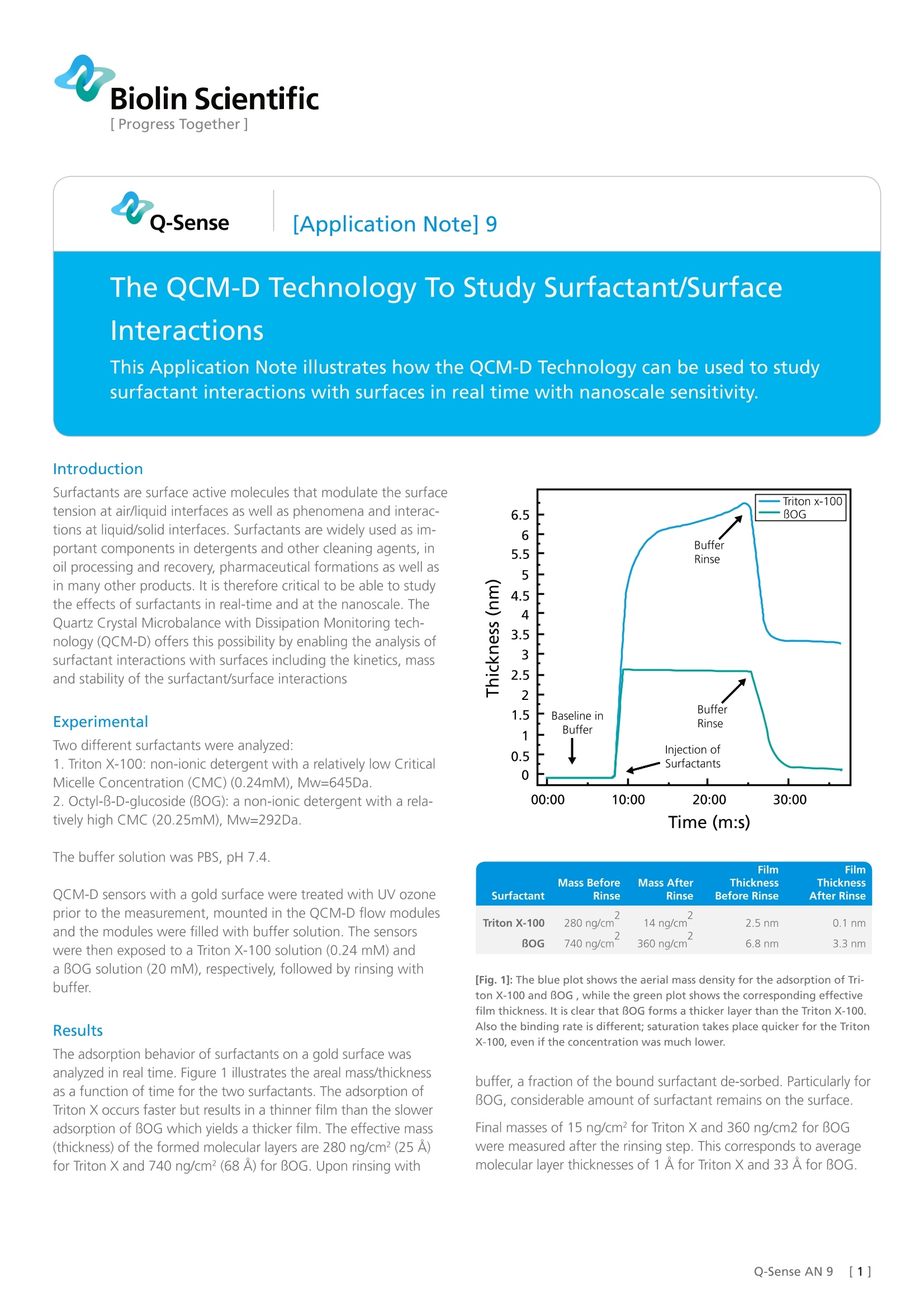
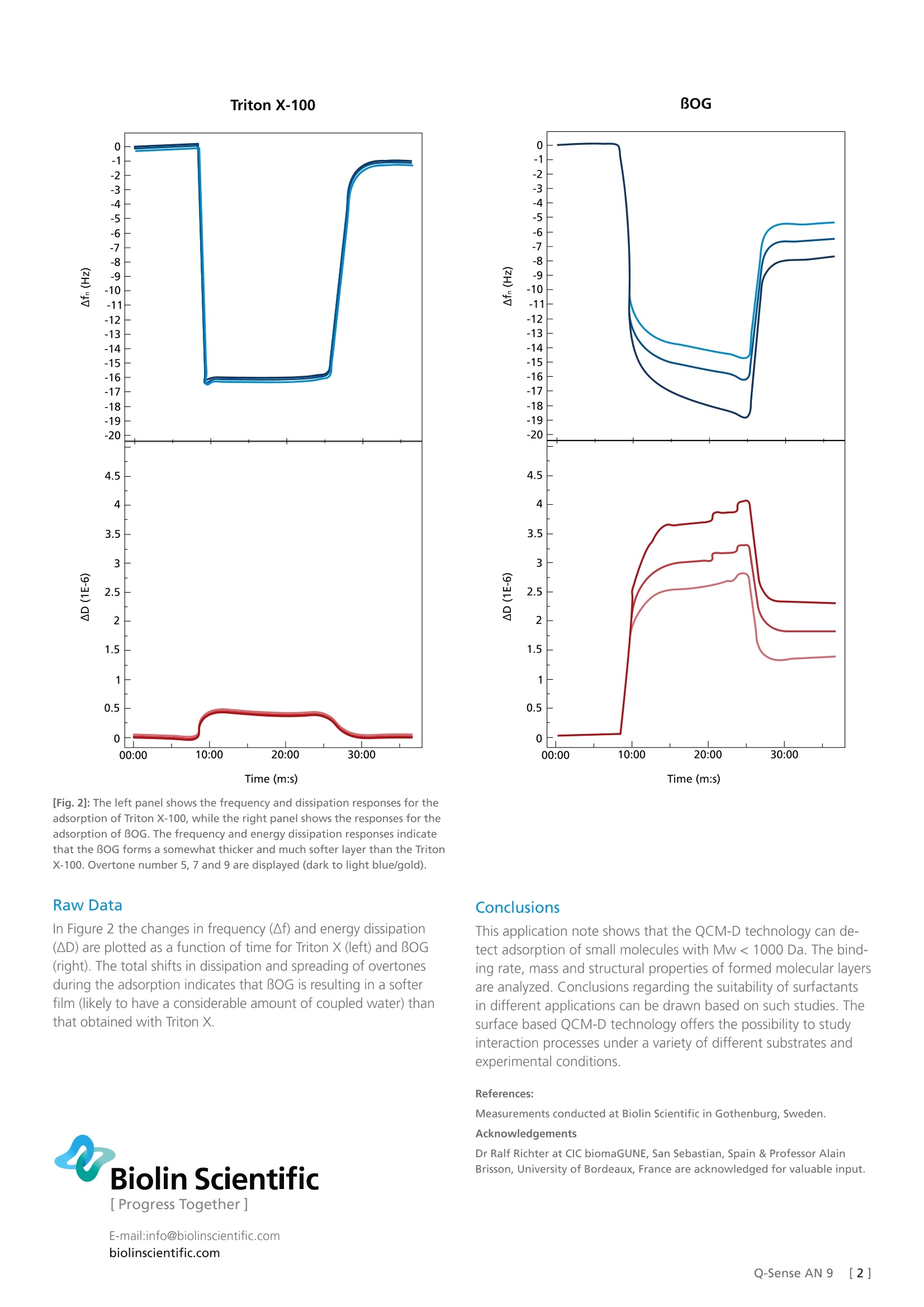
还剩1页未读,是否继续阅读?
瑞典百欧林科技有限公司为您提供《表面活性剂与吸附表面中相互作用检测方案 》,该方案主要用于其他中相互作用检测,参考标准--,《表面活性剂与吸附表面中相互作用检测方案 》用到的仪器有QSense卓越版四通道石英晶体微天平、QSense Explorer扩展版石英晶体微天平、QSense全自动八通道石英晶体微天平
推荐专场
相关方案
更多
该厂商其他方案
更多










